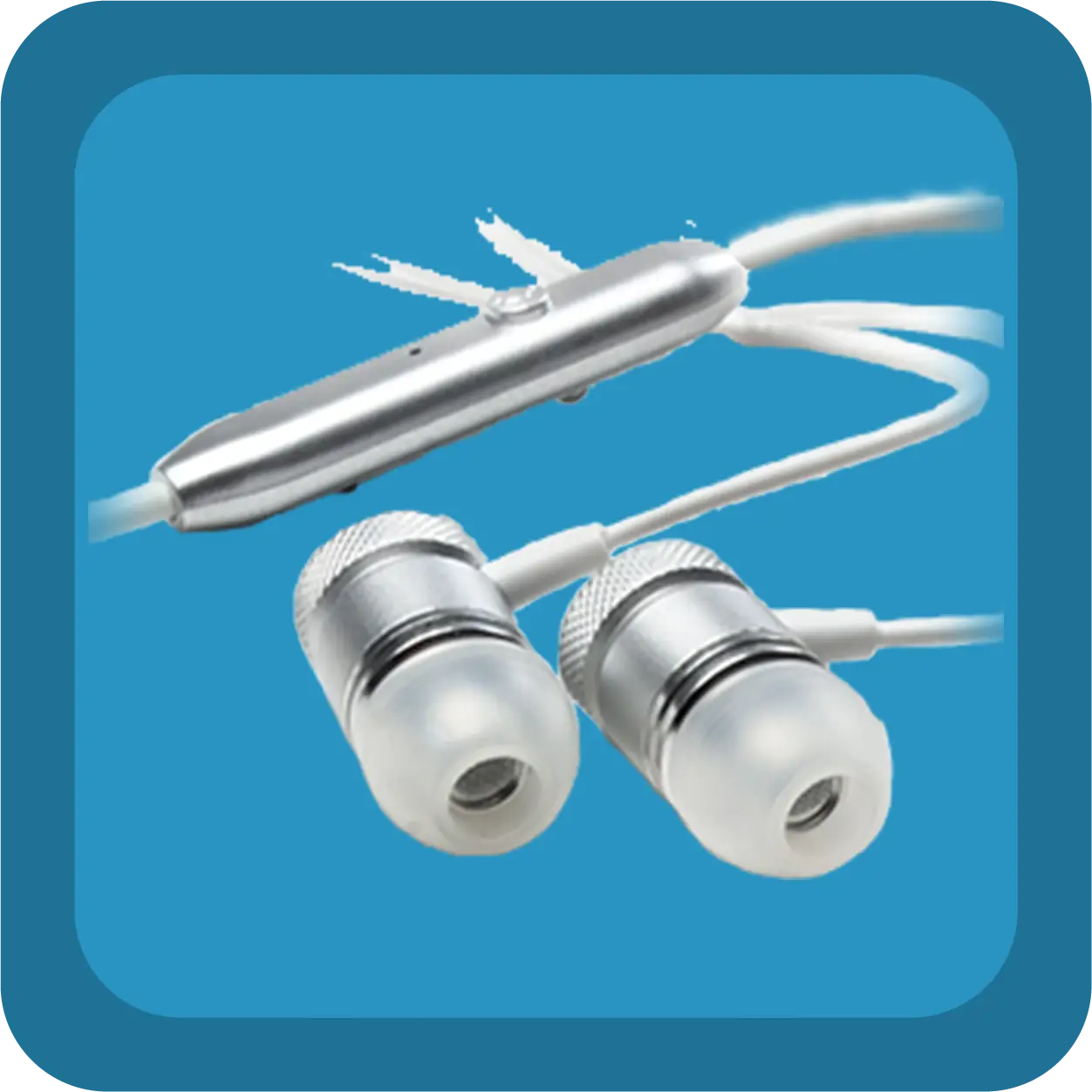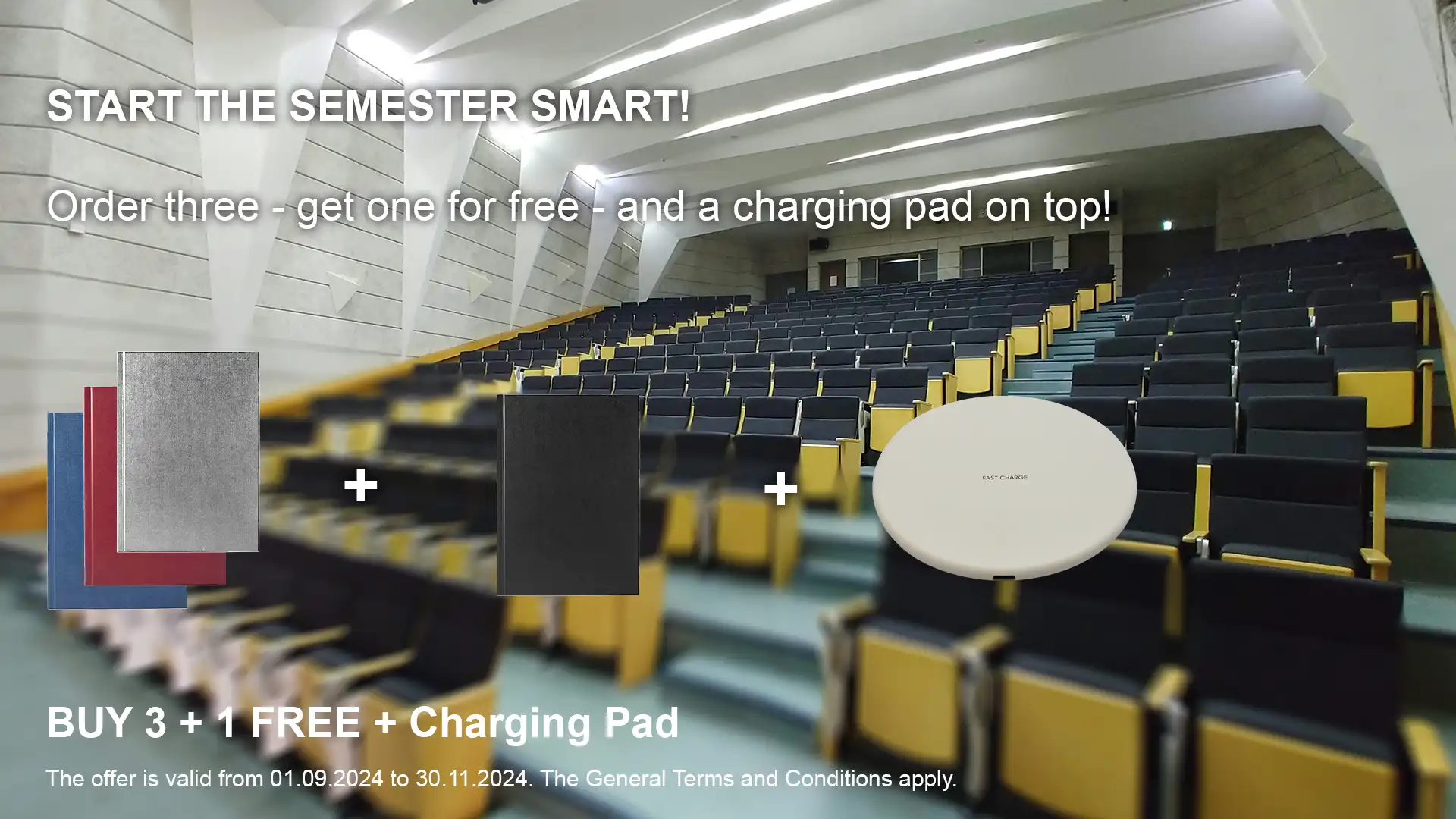7 forms of scientific observation – explained in 7 minutes
Choose the observation method that best supports your thesis – quickly and easily. Learn to master the art of empirical research – completely free of charge. Ensure the success of your empirical research! Get started!
Welcome to the tutorial “The 7 forms of observation in empirical research“. In the scientific context, observation is a procedure to analyze behavior, objects, processes or events systematically and purposefully. Being one of the four key empirical data collection methods, it is used in the natural sciences as well as in the social sciences and humanities. Scientific observations can take different forms. Which form is the most suitable depends not least on your research interest. In this tutorial, we will introduce you to each type individually and in a compact manner, so that at the end you will be able to quickly and easily select a suitable observation procedure for your thesis.
What are scientific observations about?
Let us start with some basic background information. Insofar as empirical knowledge takes its starting point from sensory perceptions and observations, observation forms the basis for empirical investigations. The application area of observations ranges from chemical and physical phenomena through individuals and group interactions to cultures, institutions, and communication behaviors. Unlike language-mediated procedures such as interviewing, observation is associated with the claim of providing direct and predominantly undistorted access to the object of investigation.
Thus, the use of this method is particularly useful when other methods prove difficult or when test participants are unable or unwilling to provide verbal information about their behavior. For example, interviewing would be more inappropriate for socially complex group interactions, for highly sensitive topics, or in the context of young children or individuals with language problems. In practice, however, observation is often used in combination with other methods. One example is the ethnographic interview, in which, in addition to the interview, the behavior of the participants in their natural environment is usually observed.
Furthermore, observations can be carried out both quantitatively and qualitatively. Quantitative observations serve to collect as much meaningful data as possible in order to evaluate it statistically afterwards and thereby test a hypothesis. In qualitative observations, on the other hand, individual cases are examined and evaluated based on interpretation in order to form new hypotheses on this basis.
What all observations have in common though is that they are documented in descriptive systems. These include verbal systems such as keyword-like event logs; nominal systems such as index systems and category systems based on predefined classification features; dimensional systems in which rating scales are applied; and structural systems such as those used in sequence analyses, where structural relationships can be analyzed over time.
What are the types of scientific observation?
With this general background knowledge, we can now take a closer look at the different ways of observation. In total, seven types of observation procedures can be distinguished, with each type having advantages and disadvantages. The types are classified according to three distinguishing criteria: Observation situation, observer's position, and data collection procedure.
The observation situation concerns the conditions under which the observation takes place. It can take place either overtly or covertly, or in an artificial or natural environment.
If the observation takes place overtly, the subject is aware of the observation. This can result in the subject behaving differently than they would if they felt unobserved. In covert observation, the subject is not aware of the observation; the observer does not reveal himself or herself and remains hidden, for example behind a pane of glass. Insofar as the observer is not revealed, it is easier to survey the natural behavior.
If the observation takes place in a natural, familiar environment, such as hospitals, schools or kindergartens, it is a so-called field observation.
Observations in artificial environments are conducted in special observation rooms, such as laboratories, where stimuli are intended to elicit behavior. The advantage over field observations is that the influencing variables can be better controlled and the results can be better recorded.
The distinguishing criterion of the observer's position is about the form in which the observing person interacts with the object of investigation: whether in a self-observing or externally observing, or in a participatory or non-participatory fashion respectively.
Self-observation is a method of examining psychological phenomena and one's own behavior. This can be, for example, one's own buying behavior. Due to the high degree of subjectivity, however, this method is only used in exceptional cases, for example when it comes to reflecting on one's own role as an observer.
In external observations, the behavior of other persons is the object of the investigation. The distance of the external observer to the observed behavior allows for a more objective attitude of the observer as well as comprehensible and measurable results.
If the observer is involved in the observation situation, it is called participatory observation. Participation can be active or passive, depending on whether the observer is involved in the interaction event or takes a subordinate role, for example as a spectator. Participatory observation allows the observer to capture the natural behaviors of the subjects.
In non-participatory observation, the observer is not involved in the observation situation, but observes and records it from the outside. Here, however, there is the risk that the subjects may behave differently than usual and that access to certain areas is limited.
The choice of data collection method has an influence on the subsequent analysis of your observation data. Therefore, think carefully in advance about which method you will choose. You can proceed systematically or unsystematically, directly or indirectly, or in a mediated or unmediated manner.
Systematic, structured observation follows a standardized scheme. The observer adheres to precise rules and specifications during observation and logging. The target-oriented approach of this procedure facilitates data evaluation and ensures uniform data collection.
Unsystematic, unstructured observation, on the other hand, is subject to no or only a few guidelines. It offers the observer more room for maneuver and flexibility and makes it possible to record even unexpected events. However, this openness and spontaneity also complicate the evaluation of the results.
Direct observation focuses on observing behavior in a particular situation. Indirect observation focuses on the effects of that behavior. For example, you can directly observe the behavior of employees in a company or only its effects, such as the trash left on desks. While it is easier to evaluate data with direct observation, you can gain new interesting insights with indirect observation.
If the observation is mediated, technical devices such as cameras, tape recorders or imaging methods are used for data collection. Unmediated observation takes place without technical recording devices, but rather in writing through notes. An advantage of mediated observation is the completeness of the collected data as well as the accurate reproduction of the observation situation. In addition, the observer exerts less influence on the situation. However, its weakness is that the use of technical means is time-consuming and involves a great deal of organizational efforts. Although unmediated observation allows the observer to perceive the situation from all angles, there is also a risk of influencing the participants in this way.
Need to print and bind your thesis?
Order conveniently online now. At thesis.me you will benefit from brilliantly low prices, super fast processing and many other top services:
✔ Standardized & creative paper and binding options
✔ 3D preview with innovative look-inside-the-book option
✔ Optional book publication with ISBN number
✔ Variety of vouchers & coupons to save money
✔ Free shipping to your home or university
✔ Free guides on studying & doing a doctorate
✔ and much more.






